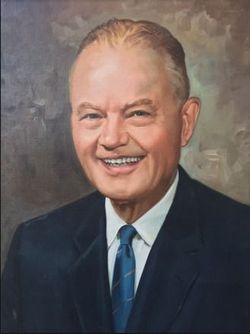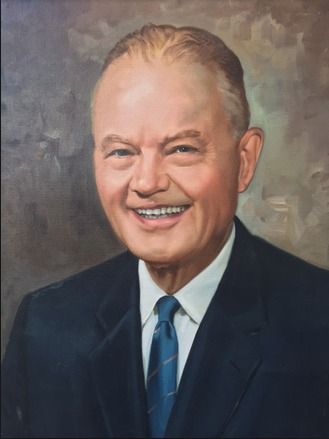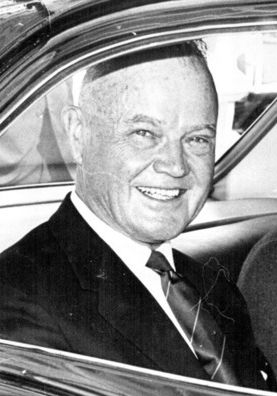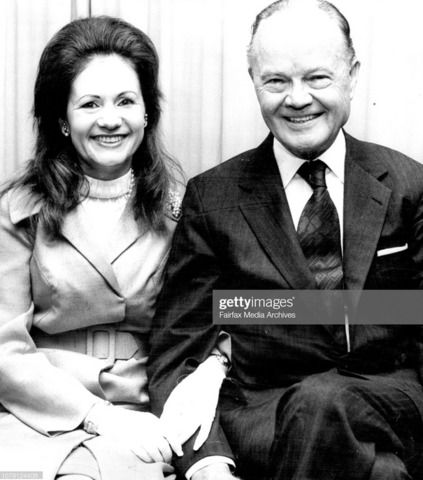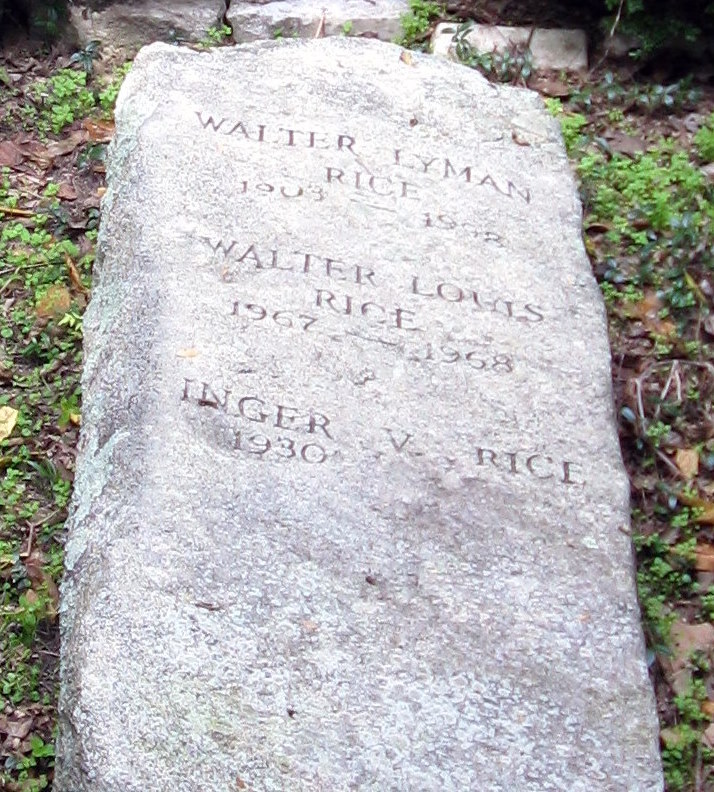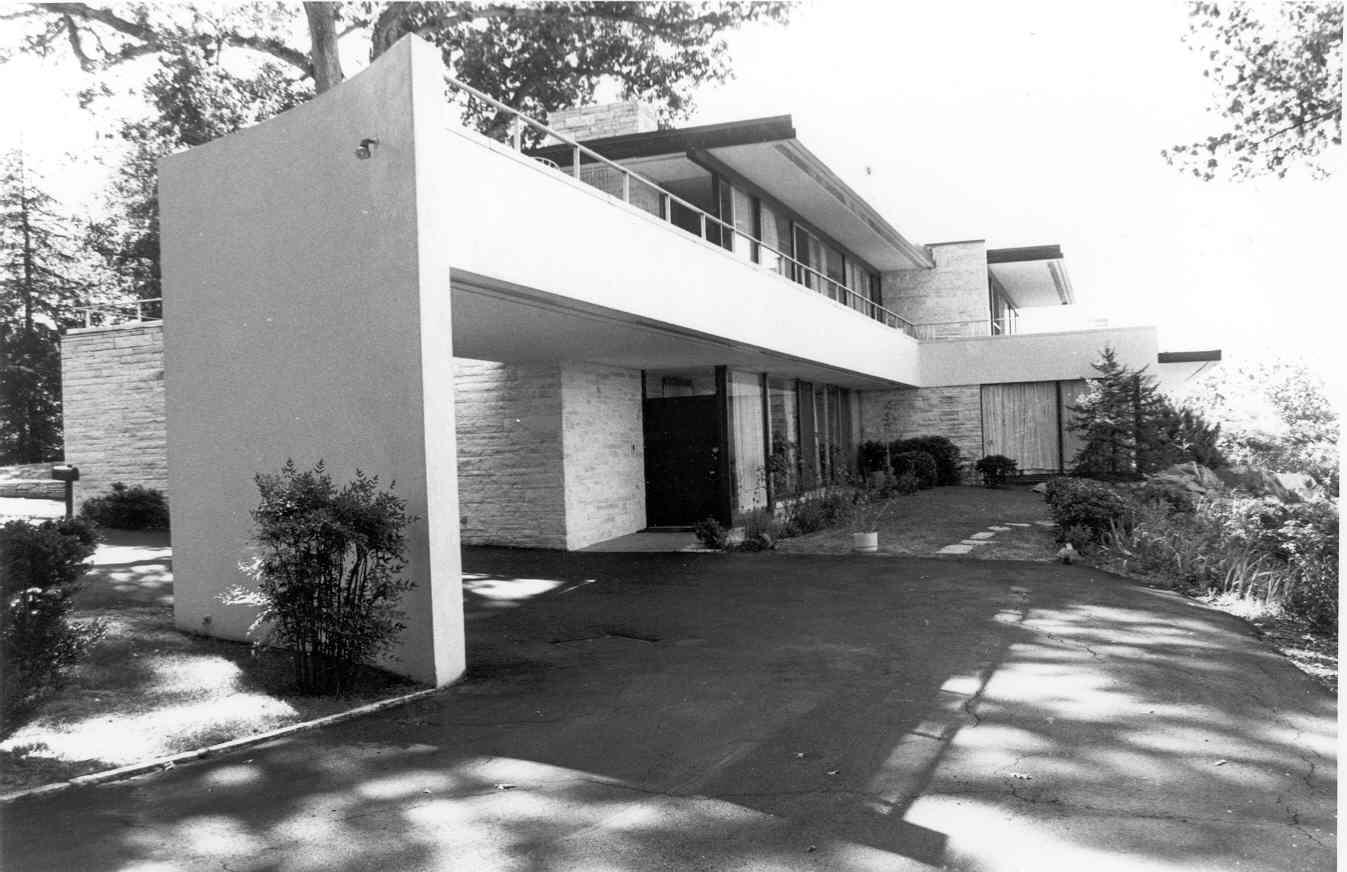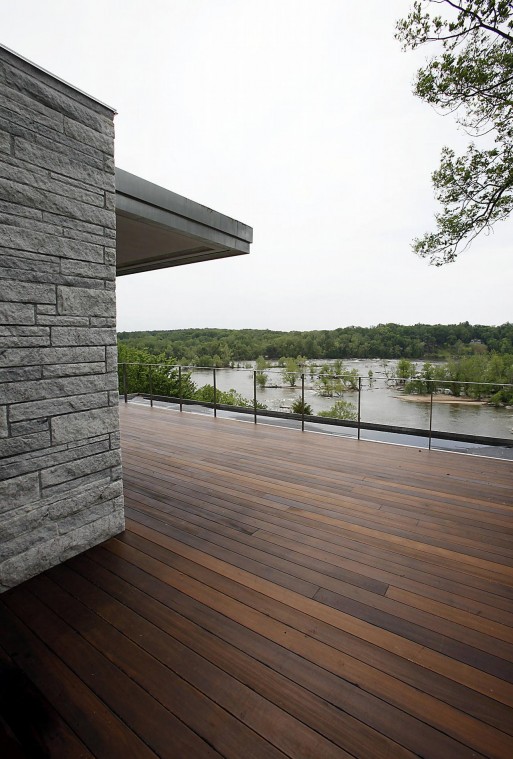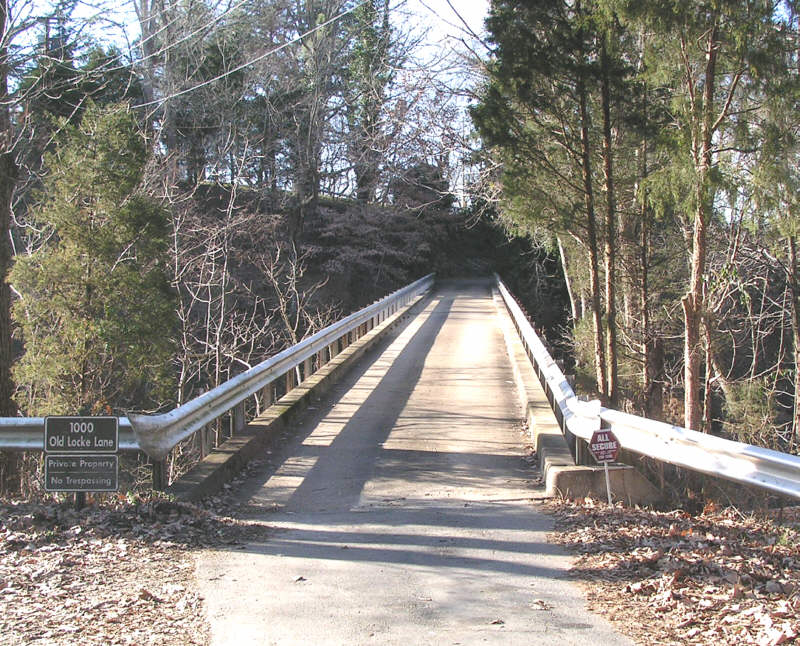A native of Minneapolis, Walter Rice began his long and successful career as a lawyer following graduation from the University of Minnesota and the Harvard University Law School.
As a special assistant to the U.S. Attorney General in Washington, Walter Rice assisted in the drafting of the federal Anti-Racketeering Act of 1934; and as a member of the U.S. Justice Department's Antitrust Division, Walter Rice argued several landmark cases before the U.S. Supreme Court, including United States vs. Aluminum Company of America et al., the longest case before U.S. courts at the time, and United States vs. Schechter et al., which decided the unconstitutionality of the National Recovery Act.
In 1941, Walter Rice joined the Reynolds Metals Company as general counsel, later serving the company as vice president, director, and president of Reynolds Mining Corporation; and following his retirement from Reynolds in 1968, Walter Rice served as the U.S. Ambassador to Australia from 1969 to 1973.
Walter Rice and his wife, Inger Rice, built a stunning home on the James River in Richmond, designed by Richard Neutra, a student of Frank Lloyd Wright, and in 1996 donated the home and 35 acres of riverfront property to the Science Museum of Virginia.
During a long life marked by significant accomplishment in many fields, Walter Lyman Rice served his community and his country with dedication, commitment, integrity, and great effectiveness; now, therefore, be it resolved by the Senate, the House of Delegates concurring, That the General Assembly note with sadness the passing of a distinguished Virginian, Walter Lyman Rice; and, be it resolved further, that the Clerk of the Senate prepare a copy of this resolution for presentation to the family of Walter Lyman Rice as an expression of the high regard.
(SENATE JOINT RESOLUTION NO. 557, Offered February 22, 1999)
--------------------------Info on the Rice House (1962-65)-------------------------
The Rice House in Richmond, Virginia is a residence designed by modernist architect Richard Neutra and built in the mid-1960s on Locke Island in the James River.
Since 1999 the house has been listed on the National Register of Historic Places.
The house is notable as being the only house in Richmond built in the International Style.
Characteristic of many of Neutra's houses, the architecture features strong horizontal elements detailed in what appear to be concrete, but are actually faced wood and steel beams.
The 6,000 square foot house is made of marble from Georgia and is stretched out along a granite ridge running parallel to the river.
Perched 110-feet above the James River, the living room of the Rice House offers a view overlooking Williams Dam. Fenestration is provided by expansive floor-to-ceiling windows and sliding glass doors.
Other details of the house follow the International Style: exterior railings, balconies and layered, flat roofs.
A native of Minneapolis, Walter Rice began his long and successful career as a lawyer following graduation from the University of Minnesota and the Harvard University Law School.
As a special assistant to the U.S. Attorney General in Washington, Walter Rice assisted in the drafting of the federal Anti-Racketeering Act of 1934; and as a member of the U.S. Justice Department's Antitrust Division, Walter Rice argued several landmark cases before the U.S. Supreme Court, including United States vs. Aluminum Company of America et al., the longest case before U.S. courts at the time, and United States vs. Schechter et al., which decided the unconstitutionality of the National Recovery Act.
In 1941, Walter Rice joined the Reynolds Metals Company as general counsel, later serving the company as vice president, director, and president of Reynolds Mining Corporation; and following his retirement from Reynolds in 1968, Walter Rice served as the U.S. Ambassador to Australia from 1969 to 1973.
Walter Rice and his wife, Inger Rice, built a stunning home on the James River in Richmond, designed by Richard Neutra, a student of Frank Lloyd Wright, and in 1996 donated the home and 35 acres of riverfront property to the Science Museum of Virginia.
During a long life marked by significant accomplishment in many fields, Walter Lyman Rice served his community and his country with dedication, commitment, integrity, and great effectiveness; now, therefore, be it resolved by the Senate, the House of Delegates concurring, That the General Assembly note with sadness the passing of a distinguished Virginian, Walter Lyman Rice; and, be it resolved further, that the Clerk of the Senate prepare a copy of this resolution for presentation to the family of Walter Lyman Rice as an expression of the high regard.
(SENATE JOINT RESOLUTION NO. 557, Offered February 22, 1999)
--------------------------Info on the Rice House (1962-65)-------------------------
The Rice House in Richmond, Virginia is a residence designed by modernist architect Richard Neutra and built in the mid-1960s on Locke Island in the James River.
Since 1999 the house has been listed on the National Register of Historic Places.
The house is notable as being the only house in Richmond built in the International Style.
Characteristic of many of Neutra's houses, the architecture features strong horizontal elements detailed in what appear to be concrete, but are actually faced wood and steel beams.
The 6,000 square foot house is made of marble from Georgia and is stretched out along a granite ridge running parallel to the river.
Perched 110-feet above the James River, the living room of the Rice House offers a view overlooking Williams Dam. Fenestration is provided by expansive floor-to-ceiling windows and sliding glass doors.
Other details of the house follow the International Style: exterior railings, balconies and layered, flat roofs.
Family Members
Sponsored by Ancestry
Advertisement
Explore more
Sponsored by Ancestry
Advertisement
